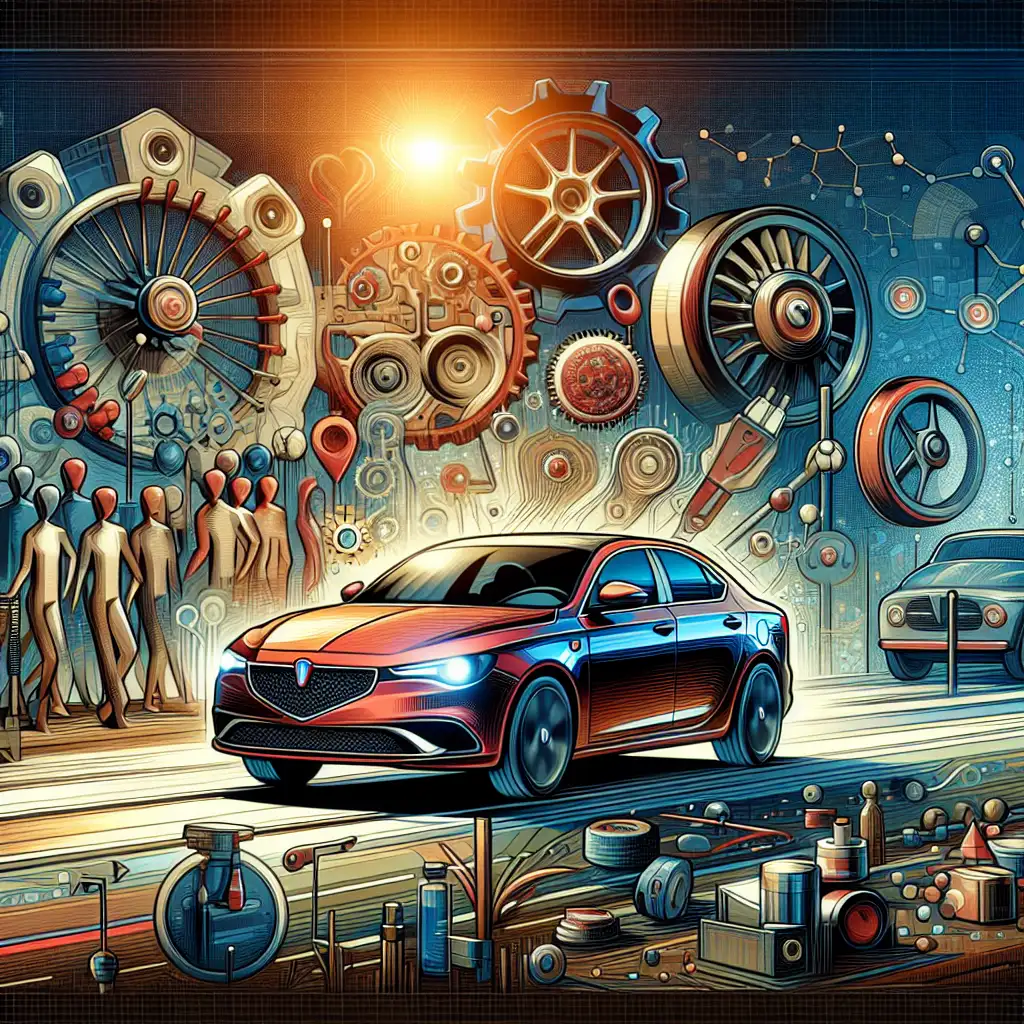Lancia: Navigating Current Market Trends and Future Prospects
An in-depth look at Lancia's market performance, brand positioning, and strategic adaptations across global regions.

Lancia, a storied Italian car manufacturer, has long been known for its elegant design and engineering prowess. However, in recent years, the brand has faced challenges in maintaining its market position amidst fierce competition and changing consumer preferences. This article explores Lancia's current market trends, including sales figures, resale value, and brand positioning, while examining its performance across different regions such as Europe, North America, and Asia. We'll also delve into the factors contributing to brand loyalty, recent strategic changes, and how Lancia plans to adapt to emerging market conditions.
Understanding Key Terms
Before diving into the analysis, let's clarify some essential terms:
- Sales Figures: The number of vehicles sold by a company within a specific period.
- Resale Value: The estimated value of a car when it is sold again after its initial purchase.
- Brand Positioning: The strategy used by a company to differentiate its products in the market and appeal to its target audience.
Lancia's Market Performance
In Europe, Lancia has maintained a niche presence, primarily focusing on the Italian market. The brand's sales figures have been modest, with the Ypsilon model being the mainstay of its lineup. Despite limited offerings, Lancia has managed to retain a loyal customer base, thanks to its reputation for stylish design and a rich heritage.
In North America and Asia, Lancia's presence is minimal. The brand has not actively pursued these markets, focusing instead on consolidating its position in Europe. This strategic choice reflects Lancia's current resources and market priorities.
Resale value for Lancia vehicles tends to be lower compared to competitors, largely due to limited market presence and brand recognition outside Italy. However, for enthusiasts and collectors, certain models hold significant value due to their historical significance and unique design.
Factors Contributing to Brand Loyalty
Lancia's brand loyalty is driven by several factors:
- Heritage: Lancia's long history and legacy in automotive design and innovation resonate with enthusiasts.
- Design: The brand's commitment to elegant and distinctive design appeals to a niche audience.
- Exclusivity: Limited production and availability add to the allure for collectors and fans.
Strategic Changes and Future Adaptations
Recently, Lancia has announced plans to revitalize its brand image and expand its product lineup. This includes exploring electric vehicle (EV) options to align with global trends towards sustainability. The brand aims to leverage its design expertise to create EVs that stand out in the market.
Lancia is also considering strategic partnerships to enhance its technological capabilities and broaden its appeal. By focusing on innovation and sustainability, Lancia hopes to attract a new generation of customers while retaining its loyal base.
Conclusion
In summary, Lancia is at a crossroads, balancing its rich heritage with the need to adapt to modern market demands. While its current market presence is limited, particularly outside Europe, the brand's strategic focus on design and sustainability could pave the way for future growth. As Lancia explores new opportunities, it remains to be seen how effectively it can navigate the challenges of a rapidly evolving automotive landscape.
Think about what aspects of a car brand matter most to you. Is it the heritage, design, or perhaps the innovation in sustainability? Lancia's journey offers a fascinating case study in balancing tradition with modernity.
 CarChooser
CarChooser